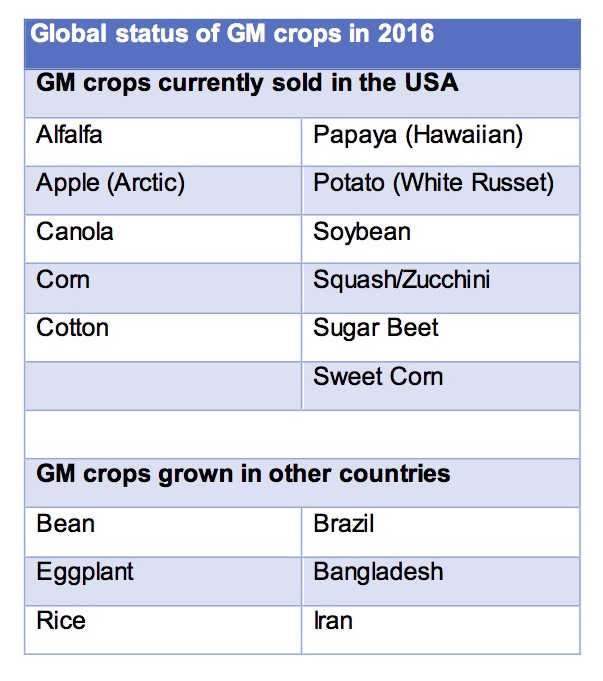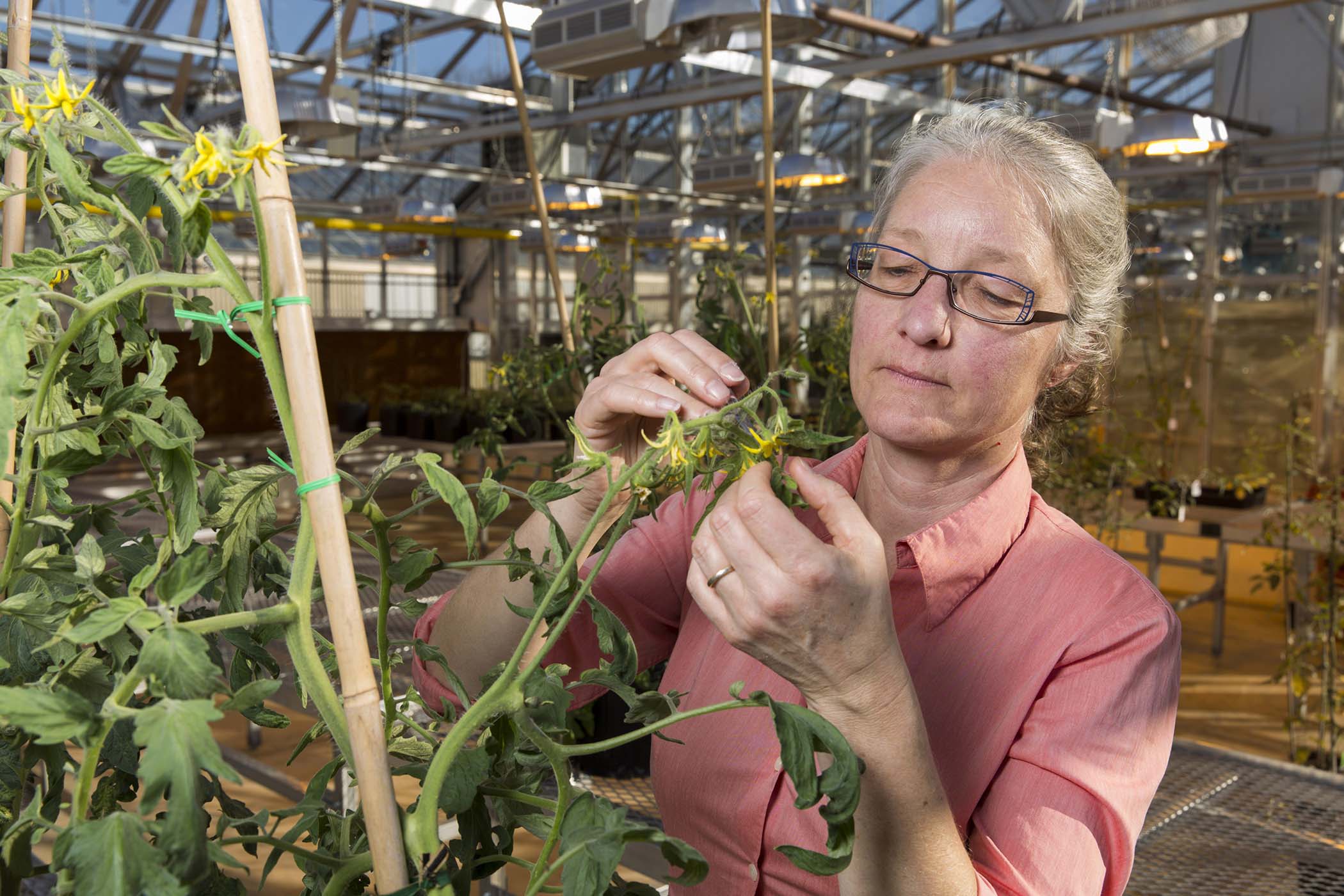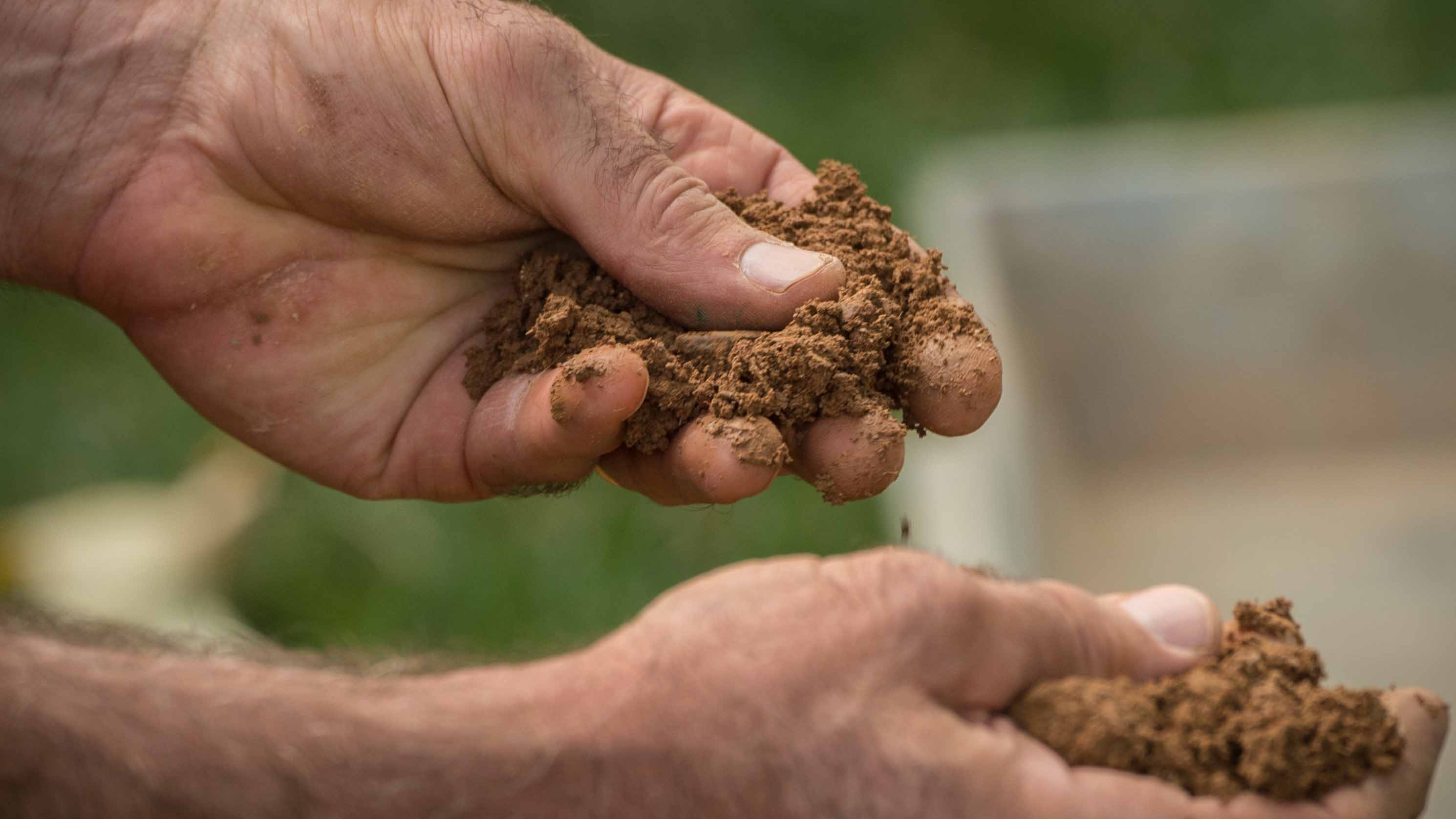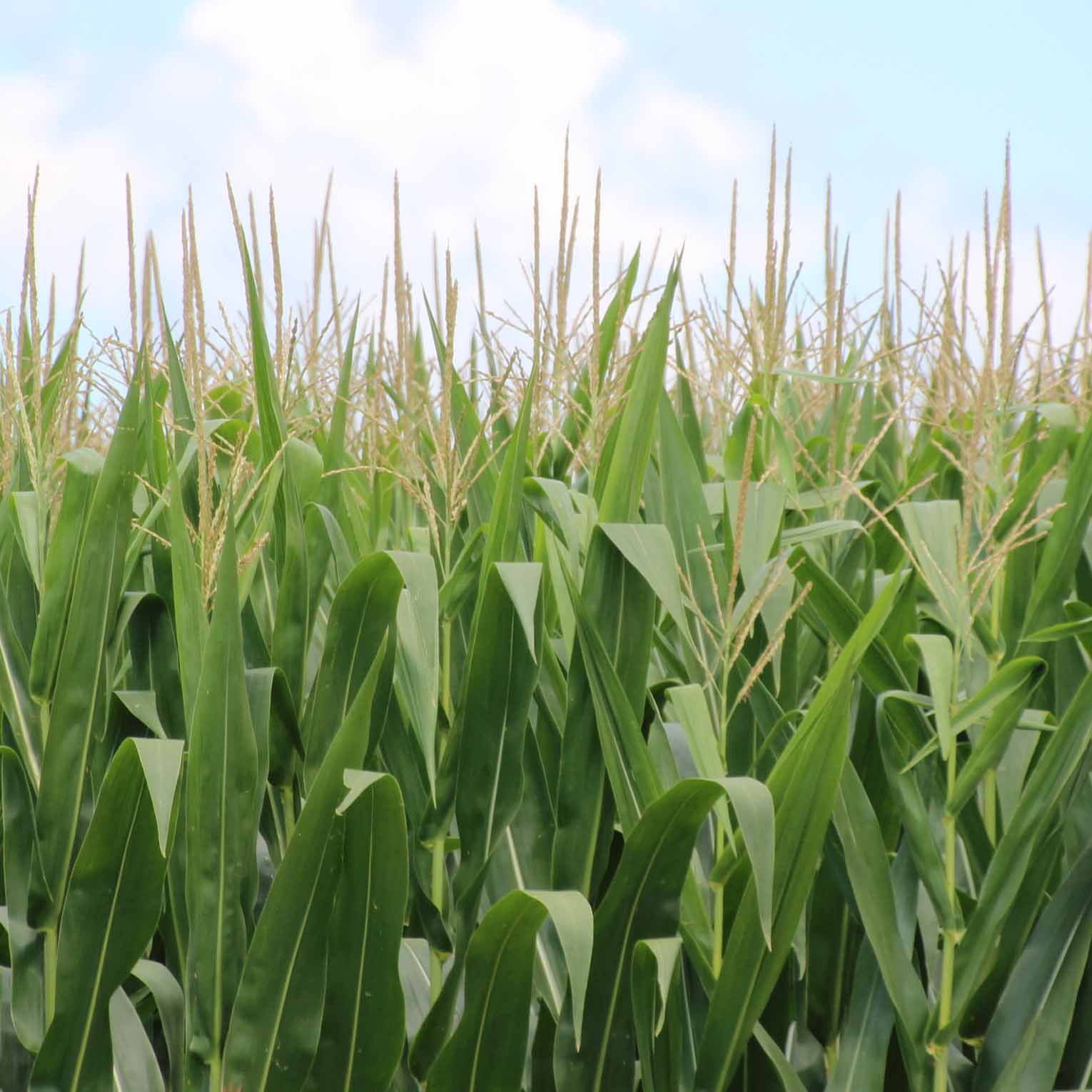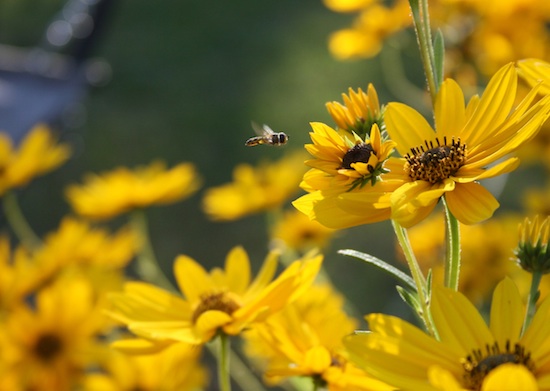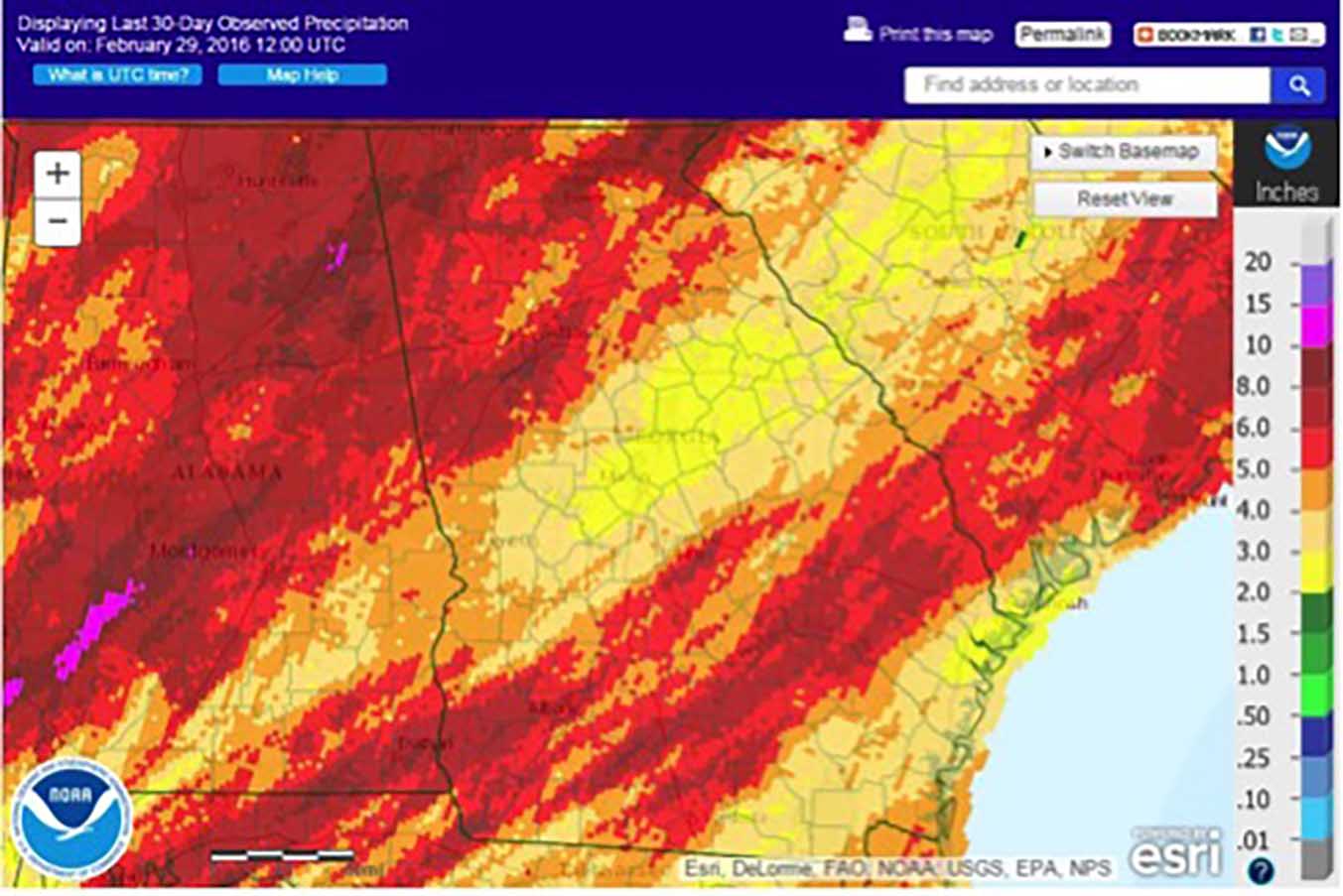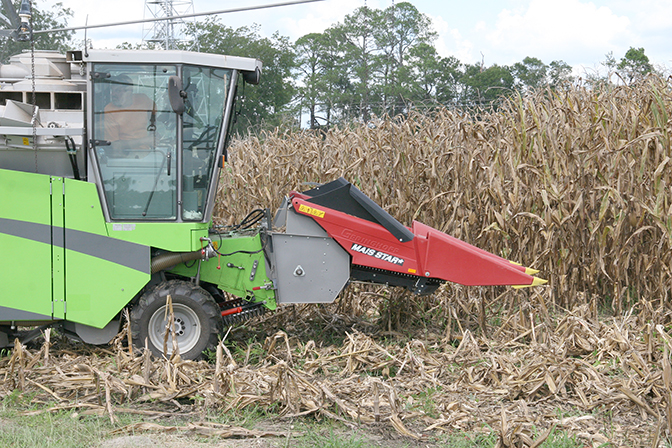 CAES News
CAES News
Corn Production
Georgia’s field corn acreage is up and yields should be strong, but prices remain disappointingly low for producers, according to University of Georgia Cooperative Extension weed specialist Eric Prostko.

